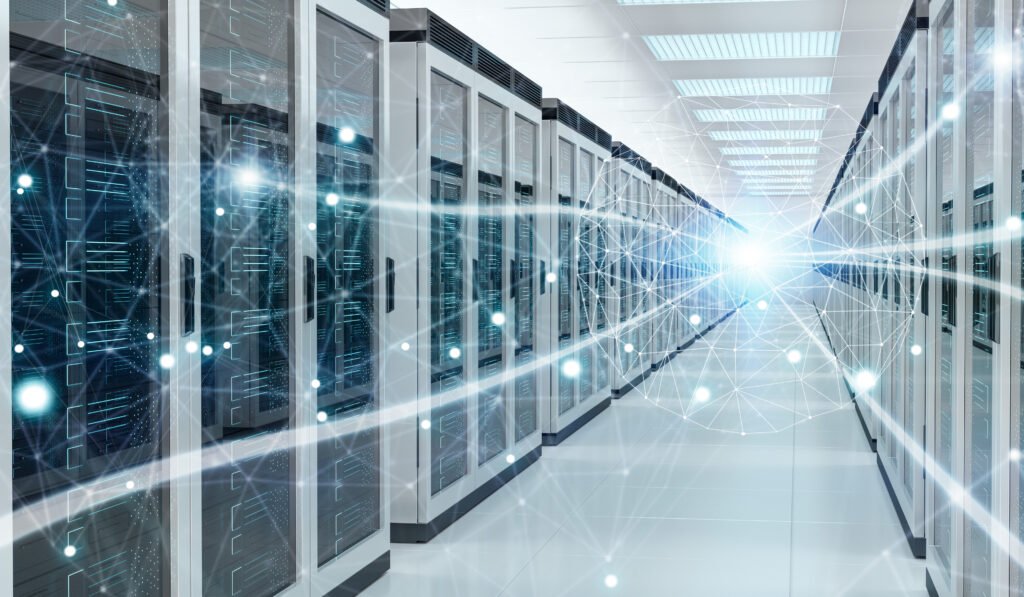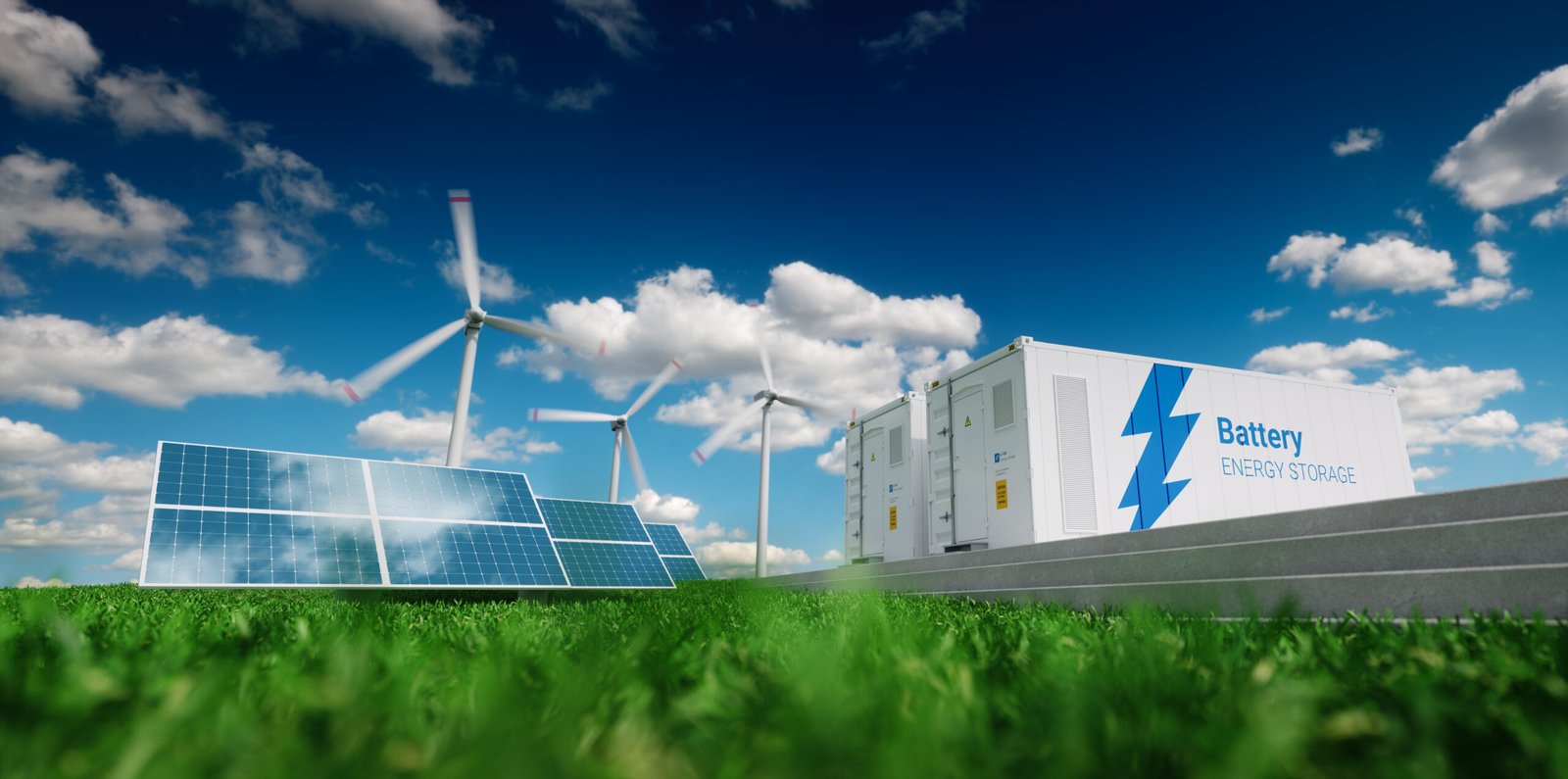Snippets
- Learn why energy storage is critical for modern data centers.
- Discover how innovative storage solutions enhance data center efficiency and reliability.
- Explore expert insights on energy storage trends and advancements.
Table of Contents
ToggleIntroduction
Energy storage isn’t just for renewables anymore! The world of data centers—critical to our digital existence—is eyeing innovative storage solutions to tackle growing energy demands, reliability issues, and sustainability goals. We will dive into the intricate relationship between energy storage technologies and the evolving needs of data centers. Let’s explore the transformative role of energy storage and the expert insights shaping its future.
Why Data Centers Need Energy Storage More Than Ever
Data centers are the backbone of our digital world, supporting everything from streaming services to critical cloud infrastructure. As the demand for data processing and storage grows, so does the energy requirement. Today, data centers consume around 1% of global electricity, and this figure is expected to rise as digital transformation accelerates.
The stakes are high. Any downtime due to power outages or grid instability can lead to significant financial losses and damage to reputations. This is where energy storage becomes essential. By storing surplus energy and delivering it during peak demands or outages, storage systems ensure uninterrupted operations. They also help data centers balance load demands, stabilize power supplies, and reduce their dependency on traditional grid systems.

Energy Storage Technologies Shaping the Future
Energy storage has come a long way, and new technologies are rapidly emerging to meet the specific needs of data centers. Here’s a look at the most promising solutions:
Lithium-Ion Batteries: These are the most widely used energy storage systems due to their high efficiency, energy density, and scalability. They’re ideal for managing peak loads and providing backup power.
Flow Batteries: Known for their long duration and scalability, flow batteries are gaining popularity for large-scale energy storage applications. They also offer advantages in terms of safety and environmental impact.
Solid-State Batteries: Offering higher energy density and improved safety, solid-state batteries are being hailed as the future of energy storage. While still under development, their potential for compact and efficient storage is immense.
Thermal Energy Storage: This involves storing energy in the form of heat, which can be converted back to electricity as needed. Thermal systems are especially beneficial for integrating renewable energy sources into data center operations.
Combining these technologies with renewable energy sources like solar and wind power is a game-changer. Not only does this reduce reliance on the grid, but it also aligns with sustainability goals, making data centers greener and more cost-effective.

Stay Informed. Stay Ahead
Join a community that goes beyond the headlines. Our newsletter delivers:
🔹 Curated Industry Insights
🔹 Expert Analysis
🔹 Actionable Impact
No fluff. No generic updates. Just meaningful insights that help you lead in a fast-evolving industry.
Benefits of Energy Storage in Data Centers
Adopting energy storage systems can revolutionize the way data centers operate. Here’s how:
Enhanced Reliability: Energy storage ensures consistent power supply, even during outages or fluctuations in the grid, preventing costly downtime.
Improved Energy Efficiency: By optimizing energy usage and reducing waste, storage systems help data centers lower their operational costs while maintaining performance.
Sustainability: Integrating energy storage with renewable energy sources significantly reduces carbon footprints, supporting global efforts toward sustainability.
These benefits not only address immediate operational challenges but also position data centers as leaders in sustainable innovation.
The Road Ahead: Challenges and Opportunities
While the potential of energy storage is undeniable, challenges remain. Cost is a significant barrier, particularly for smaller organizations. Although lithium-ion batteries dominate the market, their reliance on rare earth materials poses environmental and supply chain challenges. Emerging technologies like sodium-based batteries and hydrogen storage may provide more sustainable alternatives in the future.
Another challenge is scalability. Energy storage solutions need to be adaptable to the vast and growing needs of modern data centers. Fortunately, advancements in technology, coupled with policy incentives and increasing demand for green energy solutions, are paving the way for wider adoption.
Looking ahead, the most significant opportunities lie in innovation and collaboration. Tailored energy storage solutions designed specifically for data center operations can unlock greater efficiency and resilience. Strategic partnerships with energy providers and technology developers will also play a crucial role in shaping the future of this sector.
Conclusion
Energy storage is no longer a luxury for data centers—it’s a necessity. With the dual pressures of growing energy demands and the push for sustainability, innovative storage solutions are redefining what’s possible. By investing in scalable, efficient, and sustainable storage technologies, data centers can not only overcome operational challenges but also set new benchmarks for reliability and environmental responsibility. The future is bright, and it’s powered by energy storage.







Interesting read! It’s true that a smooth platform is key to enjoying online games. I was checking out options & found PH222 casino login seems focused on user experience – important for seamless access & avoiding frustration! Definitely a plus.
Smart bankroll management is key in any online game, and platforms like JL Boss are making access easier. Seamless integration & the jkboss login process are great! Remember to set limits & play responsibly for long-term enjoyment. It’s all about sustainable fun!
Smart bankroll management is key in any online game, and platforms like JL Boss are making access easier. Seamless integration & the jkboss login process are great! Remember to set limits & play responsibly for long-term enjoyment. It’s all about sustainable fun!
Scratch cards always feel like a little burst of optimism, don’t they? It’s fun seeing how platforms like jlboss are evolving the gaming experience – secure access & diverse games seem key these days! Hoping for a win! ✨